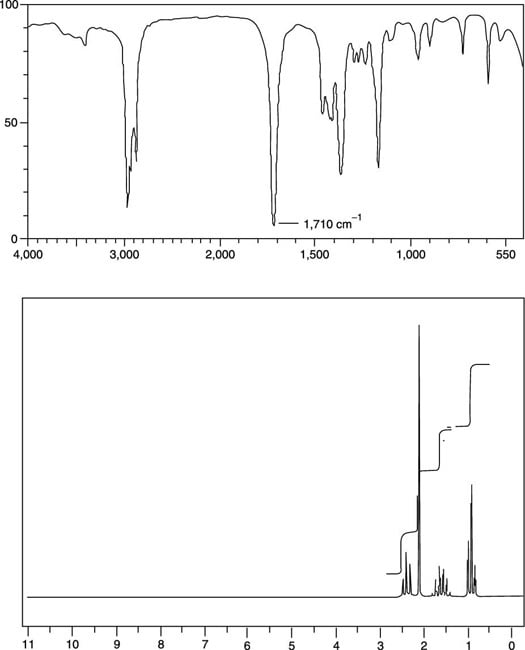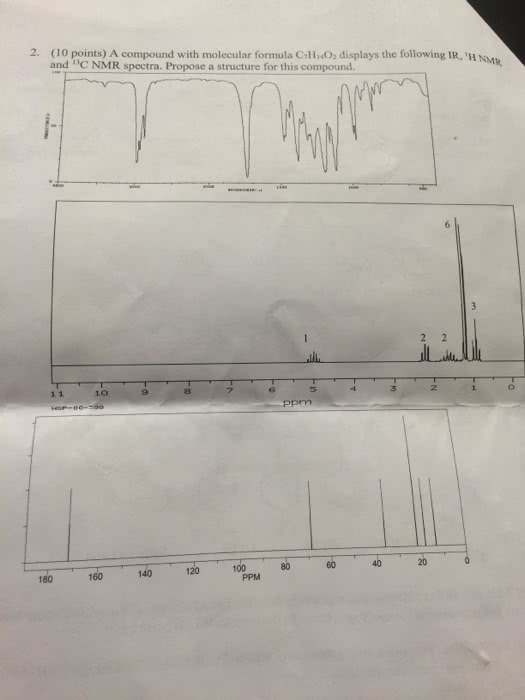

We constructed various TDP-43 truncations (Fig. This prediction is consistent with recent literature, but has never been confirmed experimentally. The Regional Order Neural Network (RONN) protein order–disorder predictor was applied to predict the conformation within TDP 1–265 and suggested an ordered region within its N-terminus (Fig. Protein expression and purificationĭifferent experimental conditions were applied to Structural features and domain arrangement of the NTD in TDP-43

pQE-30 (Qiagen, CA) vectors encoding TDP 101–191, TDP 192–265, or TDP 101–265 with a N-terminal His 6-tag was a kind gift from Dr. Benjamin Tu, Academia Sinica) into pET-17b plasmid (Novagen, MA) with sequences encoding a short His 6-tag inserted at the N-terminus of the protein for purification purposes.

TDP 1–105, TDP 106–265 and TDP 1–265 were subcloned from vector containing full-length TDP-43 (a generous gift from Dr. The consequences of our findings are discussed in the context of TDP-43 function. Moreover, the presence of the N-terminus enhances the binding of the two RRM domains towards single-stranded (TG) 6 DNA. Our results indicate that the N-terminus contains an unidentified structural domain and promotes oligomerization in a concentration-dependent fashion. Here, we have characterized the structural and physical properties of the N-terminus of TDP-43. Research in yeast and mammalian cells have shown that the loss of the N-terminus may enhance aggregation, thus underscoring its potential importance in TDP-43 function and possible roles in pathogenesis. In contrast, the biochemical and pathological roles of the N-terminus have been seldom studied. While the C-terminus has been shown to be the major region associated with ALS/FTLD-U due to its ability to form aggregates, ,, and amyloid fibers in vitro, other studies have also suggested that the DNA/RNA binding activity of TDP-43 could play a role in these diseases,. These findings implied TDP-43 as a major culprit in neuropathology, a subset now known as TDP-43 proteinopathies. In the neuronal inclusions of these patients, N-terminally truncated TDP-43 could be easily found. Recently, TDP-43 has also been shown to be the major component associated with two important neurodegenerative diseases including amyotrophic lateral sclerosis (ALS), a common motor neuron disease, and frontotemporal lobar degeneration with ubiquitin inclusions (FTLD-U), the second-most common dementia afflicting humans. The C-terminus of TDP-43 is an intrinsically disordered region which interacts with heterogeneous nuclear ribonucleoprotein (hnRNP) A2 and fused-in-sarcoma/translated-in-liposarcoma (FUS/TLD), and might be involved in RNA processing. TDP-43 contains two RNA recognition motifs (RRMs), RRM1 and RRM2, which primarily recognize single-stranded (TG) n/(UG) n repeats, although recognition of other pyrimidine-rich sequences at lower affinity has also been reported. It represses transcription in HIV-1 and causes exon skipping of the cystic fibrosis transmembrane regulator (CFTR) gene.
#Inmr add structure to nmr software
Other simulation software are also available.TAR DNA binding protein (TDP-43) is a ubiquitously expressed DNA/RNA-binding protein implicated in gene transcription, pre-mRNA splicing and translational regulation.

#Inmr add structure to nmr how to
Hans Reich provides tutorials on his site showing you how to decompose complex multiplets, you may want to look at that. The match of the chemical shifts is pretty good, but the detailed splittings are not explained. We assume an ethylene group is present with an intervening methylene, we arrive at the following proposed structure with the right formula, which I checked with an online simulator: However, disadvantage is having only $\ce$ remaining, unsaturation is necessary. My best candidate so far is the picture below (please let me know if it would be possible): Next I have narrowed down two structural possibilities: either we have a proton sitting at the nitrogen and the other sitting on a double bound, or we have diastereotropic protons. Further I think that the CH3 group must be shielded from other protons and is either near or is sitting at a heteroatom. On the other side, the single proton at 6.66 ppm could also be an H attached directly to the N-atom (maybe?).Īnyways, I hope you guys can help me here and maybe also explain me the couplings that are going on.ĮDIT: to not get marked as homework, because it isnt, I suggesting that it should be some sort of pyrrole or pyrrolidine structure type. So far I think we definitely have a CH3 group that could be attached to either heteratom. Obviously there is some pretty hefty coupling going on but I cant really figure out what it could be. I have made the pictures of the spectrum available below. So I've come across this lovely spectrum of a compund where only its chemical formula is given with C5H9NO.


 0 kommentar(er)
0 kommentar(er)
